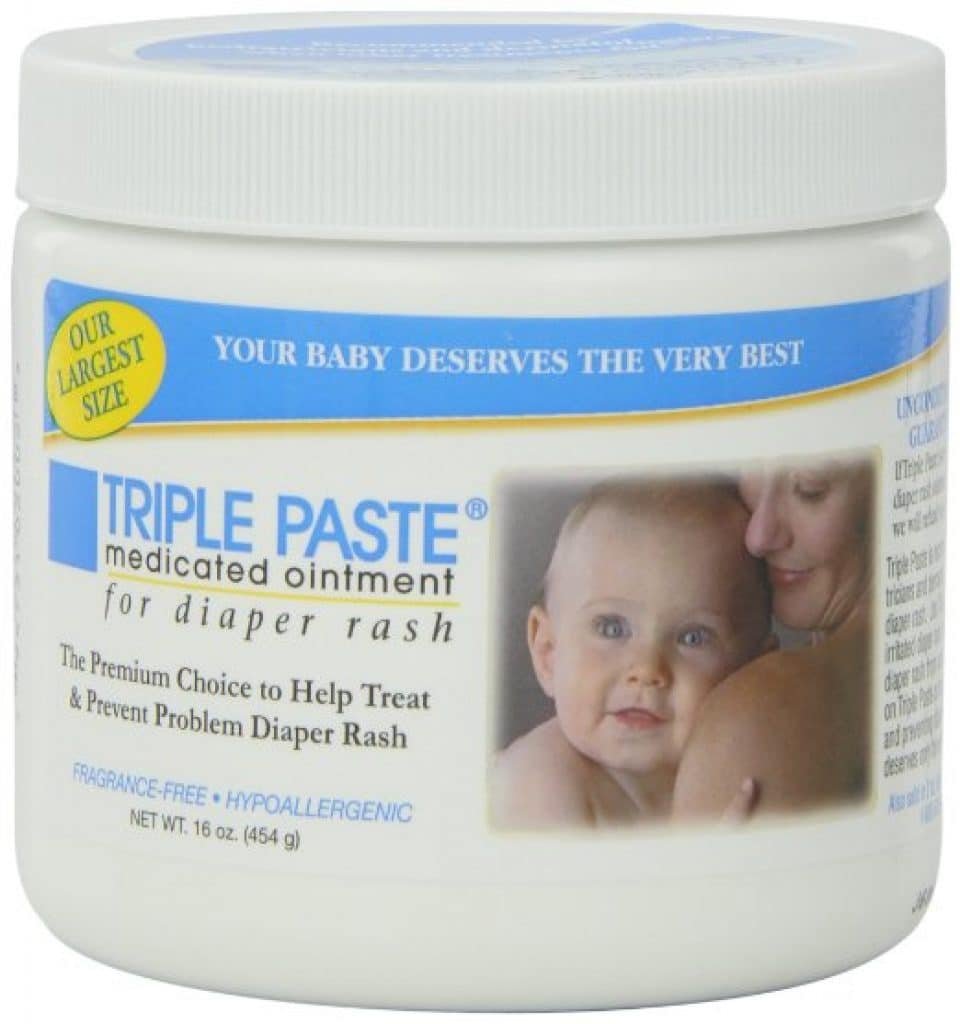

Whether you’re trying to prevent diaper rash from forming or treating it after it develops, it is essential to keep the area clean, according to our experts. Read on for all the things they say to use - from the best baby wipes to diapers to diaper-rash creams - and their tips on how best to use them, which we’ve conveniently packaged as a step-by-step guide to preventing and treating diaper rash. To find the best products for keeping diaper rash at bay, we asked five dermatologists, two of whom are pediatric derms, for their recommendations. “But a good diaper cream as a barrier goes a long way.” With so much to choose from in the baby-product aisle, though, you might (understandably) be confused about whether to go for a fancy diaper-rash cream or just stick to the basics. Brittany Craiglow, an adjunct assistant professor of dermatology at Yale School of Medicine. “Ideally, you’d do frequent diaper changes,” explains pediatric dermatologist Dr. The good news is that there are steps you can take to help prevent diaper rash in the first place or, if a rash has already developed, ways to treat it at home before it becomes even more uncomfortable for a child (and more of a nuisance for a caregiver). Gretchen Frieling, resulting in redness, dry patches, irritation, and, if left untreated for a prolonged period of time, infection.
TRIPLE PASTE ZINC OXIDE SKIN
Prolonged exposure to these irritants can cause a breakdown of the skin barrier, according to triple-board-certified dermatopathologist Dr.

Additionally, other factors like the child's age (between 9 and 12 months), digestive issues like diarrhea, and beginning to eat solid foods can all contribute to flare ups of diaper rash ( Mayo Clinic).Most babies experience diaper rash, which develops when their skin is exposed to dampness and irritants (like urine and feces) from a dirty diaper. Susceptibility to diaper rash can come from a variety of sources, but the most common is sleeping/wearing a dirty diaper for an extended period of time and allowing moisture and bacterial buildup to manifest itself into an uncomfortable skin condition. Diaper rash can arise from a number of sources, including excess moisture from diapers being on too long, irritation caused by rubbing or chafing, allergic reactions to diaper materials, as well as bacterial/ yeast infection. No matter how diligent new parents are with diaper changes and keeping their child clean, chances are that diaper rash will rear its ugly head at some point in during infancy. Parents should pay attention to ingredient lists to search for zinc oxide and petroleum jelly as the most effective active ingredients, while being wary of fragrances and proteins that may spark an allergic reaction in some children. These products feature a wide variety of potential ingredients to meet the individual needs of a child's skin type, but the most common is zinc oxide, which repels moisture and promotes the healing process. For instance, rashes that develop on a baby's scalp are known as cradle cap, while those that occur around the baby's bottom are commonly referred to as diaper rash and are treated by baby rash ointments and creams ( National Eczema Society). Be sure to check with your administrator to confirm if something is eligible before making a purchase.īaby rash ointment and cream is designed to treat the symptoms of a common skin condition that affects newborns called seborrheic dermatitis, which causes red, scaly, waxy patches that afflict all portions of a baby's body. Important Reminder: FSAs, HRAs and other account types listed may not all be the same. From A to Z, items and services deemed eligible for tax-free spending with your Flexible Spending Account (FSA), Health Savings Account (HSA), Health Reimbursement Arrangement (HRA) and more will be here, complete with details and requirements. Here it is - the most-comprehensive eligibility list available on the web.


 0 kommentar(er)
0 kommentar(er)
